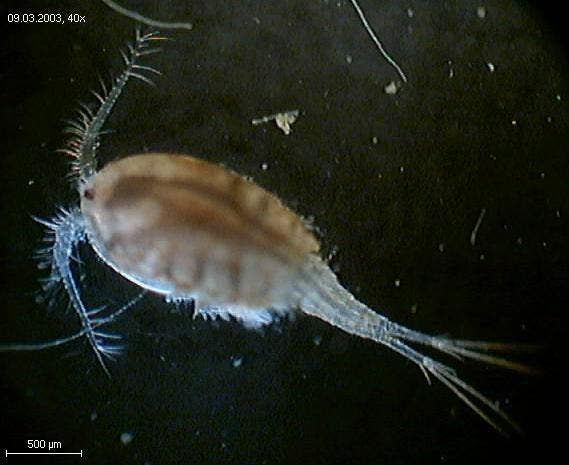If two tape worms infect the same host, they can either cooperate to thrive, or battle it out for complete control. A new study has found that the parasites actively sabotage each other in a competition to seize control of the host.
Tape worms are nasty creatures. They live in the digestive tracts of vertebrates as adults, and often in the bodies of other species of animals as juveniles. Basically all vertebrates may be parasitized by some tape worm; the cow tape worm can grow up to 20 m (65 ft), while the whale tape worm can reach a whopping 30 m (100 ft). They’ve been around for at least 270 million years ago (geologists found them in fossilized feces), and they’re likely going to be around for a long time – it’s only natural that in this time, they’ve developed ways to accentuate their control over the host.
Scientists have long known that parasites can influence host behaviour. In many cases, parasites go through different life cycles in different hosts, thus encouraging the current host to perform action which would transfer the parasite to future cost. But it’s also quite possible for two parasites to inhabit the same host at the same time. Nina Hafer and Manfred Milinski wanted to see what happens when this situation occurs.
The two study parasites at the Max Planck Institute for Evolutionary Biology in Ploen, Germany. For this study, they infected small crustaceans called copepods (Macrocyclops albidus) with multiple Schistocephalus solidus tapeworms. These live in copepods and then move to fish for their next life-cycle stage. The tape worms make the copepods more active and agitated, and thus more likely to be eaten by a fish – thus transferring the parasite to its next host.
Scientists found that when copepods are inhabited by two similarly aged parasites, they become even more active – the parasites are cooperating for the same purpose. However, when an older tapeworm was sharing a host with a younger one, the older animal always came on top.
‘The activity of the host does not reach an intermediate level as a result of the two competing parasites. This suggests that the older parasite is “sabotaging” the younger one’s activity, says Hafer, because “we don’t expect the non-infective parasite to stop what it’s doing,” says Hafer. The older parasite even won out when it was in competition with two younger individuals’, Nature writes.
While it’s easy to understand why they would do this, we don’t yet understand how they do it. As a matter of fact, we don’t understand at all how the parasite influences the host’s behavior. Frank Cézilly, who studies host–parasite interactions at the University of Bourgogne in Dijon, France hopes that this research could ultimately shed some light on that matter. It could be very important to understand how parasites influence their hosts, and sabotage is a relevant and interesting behavior.
“It could be sabotage, but it could be just that the younger parasite can’t overcome [pre-existing] manipulation by the older parasite,” he says.










